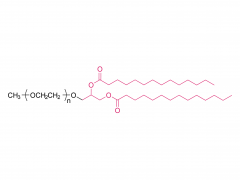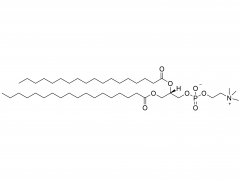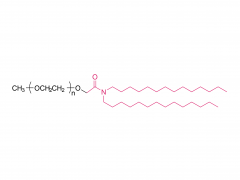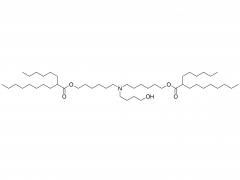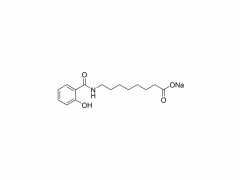In the vast world of biotechnology, the pace of innovation never stops. 3D printing technology, as a major revolution in manufacturing in recent years, has penetrated into many fields such as healthcare and education. Nowadays, this technology has shown its unique charm in the preparation of bioculture media. This article will take you to understand the basic concept of 3D printing medium, the preparation process and its application in the field of biotechnology.
1、Basic Concept
3D printing medium is a medium prepared by 3D printing technology for cell growth and biological experiments. Compared with traditional media preparation methods, 3D printing technology can more accurately control the shape, structure and composition of the media, so as to provide a more suitable growth environment for cells.
2、Preparation process
Its preparation process mainly includes three steps: designing models, selecting materials and printing and molding. First, researchers need to design a three-dimensional model of the culture medium according to the experimental needs. Next, choose suitable biomaterials as the printing raw materials, which need to have good biocompatibility and degradability. Third, the culture medium model is printed layer by layer by 3D printing equipment.
3、Application
The application of 3D printed culture medium in the field of biotechnology is promising. It can be used not only for basic cell culture, but also in tissue engineering, drug screening and other research fields. For example, in tissue engineering, it can be used to build complex tissue structures, providing new possibilities for regenerative medicine. In drug screening, it can simulate the microenvironment of human organs, helping researchers more accurately assess the safety and effectiveness of drugs.
4、Advantages
Compared with traditional media preparation methods, 3D printed media has multiple advantages. First, it can provide a more accurate culture environment, which helps to improve the accuracy and repeatability of experiments. Second, its use can reduce the waste of experimental materials and has better environmental friendliness. Thirdly, the highly customized feature of 3D printing technology allows researchers to flexibly design culture media according to experimental needs, providing more possibilities for biotechnology research.
In conclusion, as a new breakthrough in the field of biotechnology, 3D printed culture media have received extensive attention from the industry for its unique preparation method and wide application prospects. Although this technology is still in the development stage, with the deepening of research and the improvement of technology, we have reason to believe that it will play an increasingly important role in the field of biotechnology.





